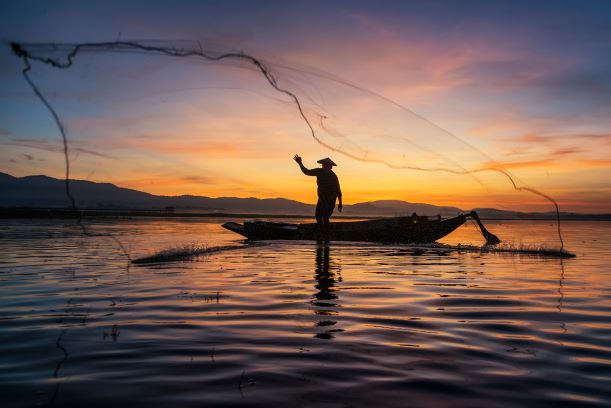

Launched on the eve of the World Hydropower Congress in Paris, Connected and Flowing: A renewable future for rivers, climate and people details the transformations that are already underway and how the world can capitalise on these opportunities to achieve sustainable power systems.
Thanks to the plunging costs of solar power, wind generation and storage technologies – as well as significant advances in energy efficiency and grid management – it is now possible for the world to expand electricity generation to provide power to the billion people who currently lack access, while drastically reducing greenhouse gas emissions, and preserving tens to hundreds of thousands of kilometres of free-flowing rivers.
“We can not only envision a future where electricity systems are accessible, affordable and powering economies with a mix of renewable energy, but we can also now build that future,” said Jeff Opperman, WWF Freshwater Scientist and lead author on the report. “By accelerating the renewable energy revolution, we can secure a brighter future for people and nature with power systems that are low carbon, low cost and low impact.”
[related_post]
With contributions from multiple academics, the report found that accelerating the renewable revolution could prevent nearly 165,000 km of river channels from being fragmented, while still helping to limit global temperatures to below a rise of 1.5⁰ C. Along with tackling climate change, this would help slow the catastrophic decline in freshwater species populations, which have fallen by 83% since 1970.
Mark Lambrides, The Nature Conservancy’s Director of Energy and Infrastructure said: “A key recommendation of last week’s landmark global assessment by the Intergovernmental Panel for Biodiversity and Ecosystems Services was for governments to protect and restore river connectivity. Here we show how, for the first time, the renewable energy revolution offers an opportunity to plan for the right mix of renewable sources in power systems, while avoiding fragmenting rivers, potentially displacing communities and contributing to the loss of freshwater fisheries that feed millions.”
The report comes days after a global study published in Nature revealed that just 37% of the world’s longest rivers remain free-flowing, with dams and reservoirs the leading cause of this connectivity loss.
While the renewable revolution will not signal an end to hydropower development, it does herald a significant reduction in new dams and a shift towards low-impact projects, which support the expansion of solar and wind – such as retrofitting existing hydropower dams, adding turbines to non-powered dams, and off-channel pumped storage.
India’s ethanol initiative has helped India save Rs. 1,26,210 crore in foreign exchange by reducing…
Noida-based green energy leader NexGen Energia Ltd has secured a $1 billion equity investment commitment…
As Odisha takes firm steps toward a just transition from fossil fuels to renewable energy,…
Bio-Integrated cladding for greener cities, an innovative solution by a 29-year-old Indian architect, has won…
In a novel move, Farmwatt Innovation has launched a long-term training and capacity-building initiative focused…
State owned Bharat Petroleum Corporation Ltd (BPCL) has joined hands with GPS Renewables Pvt Ltd…